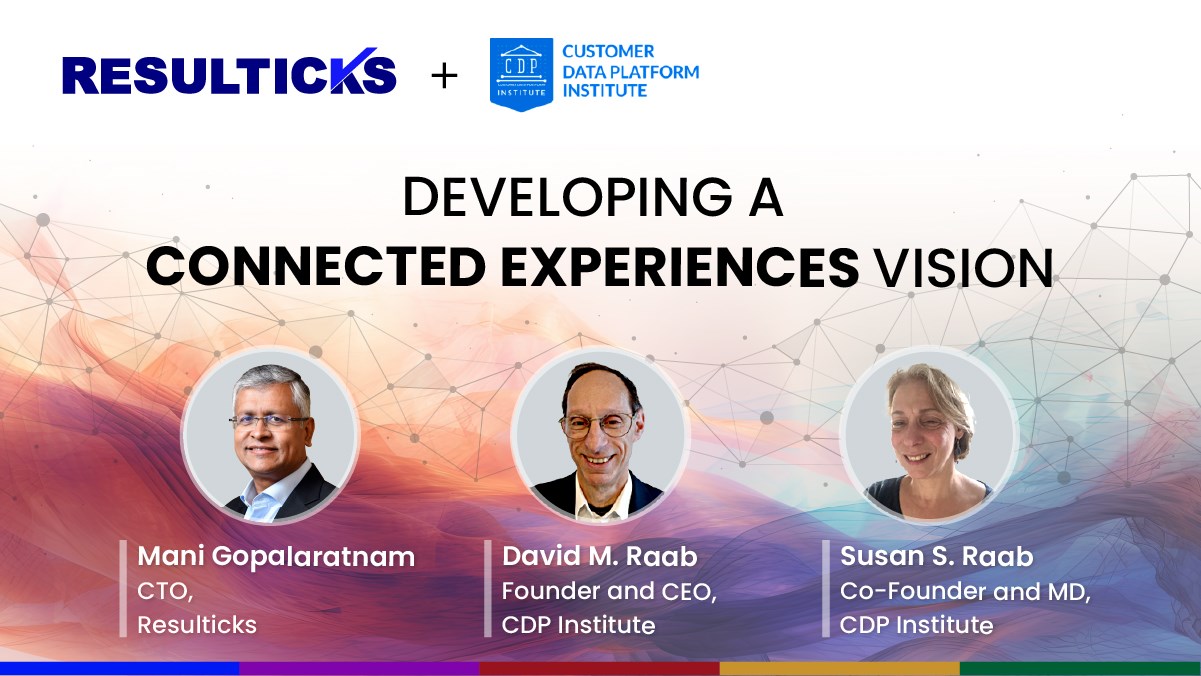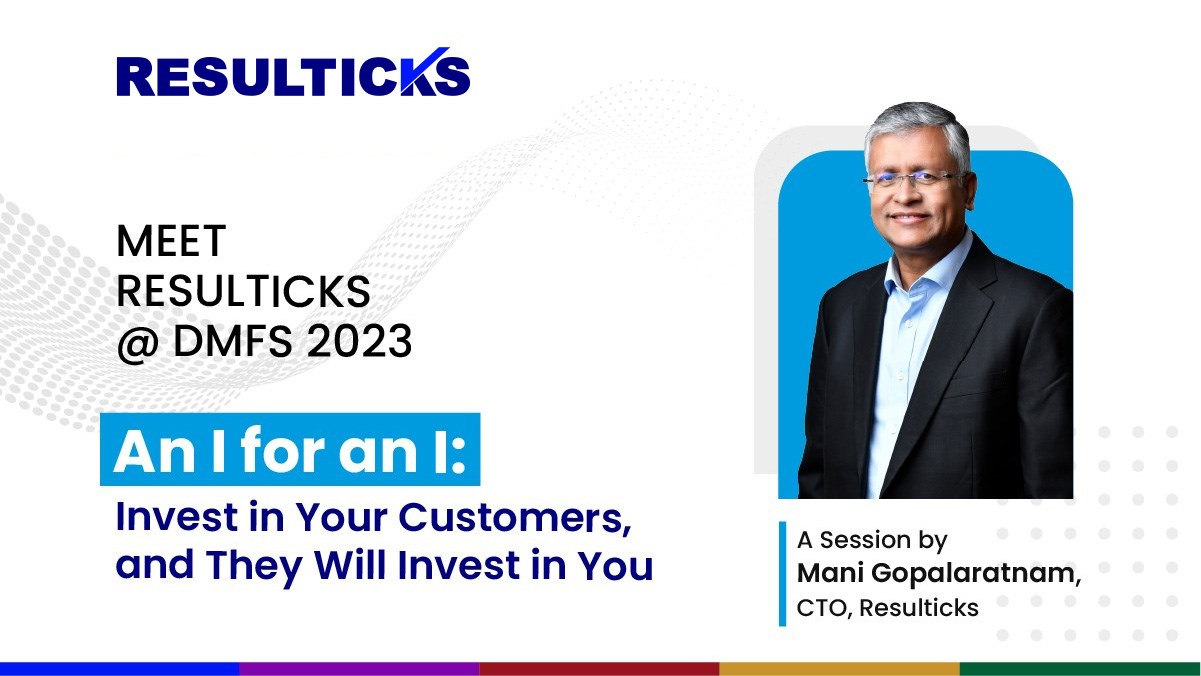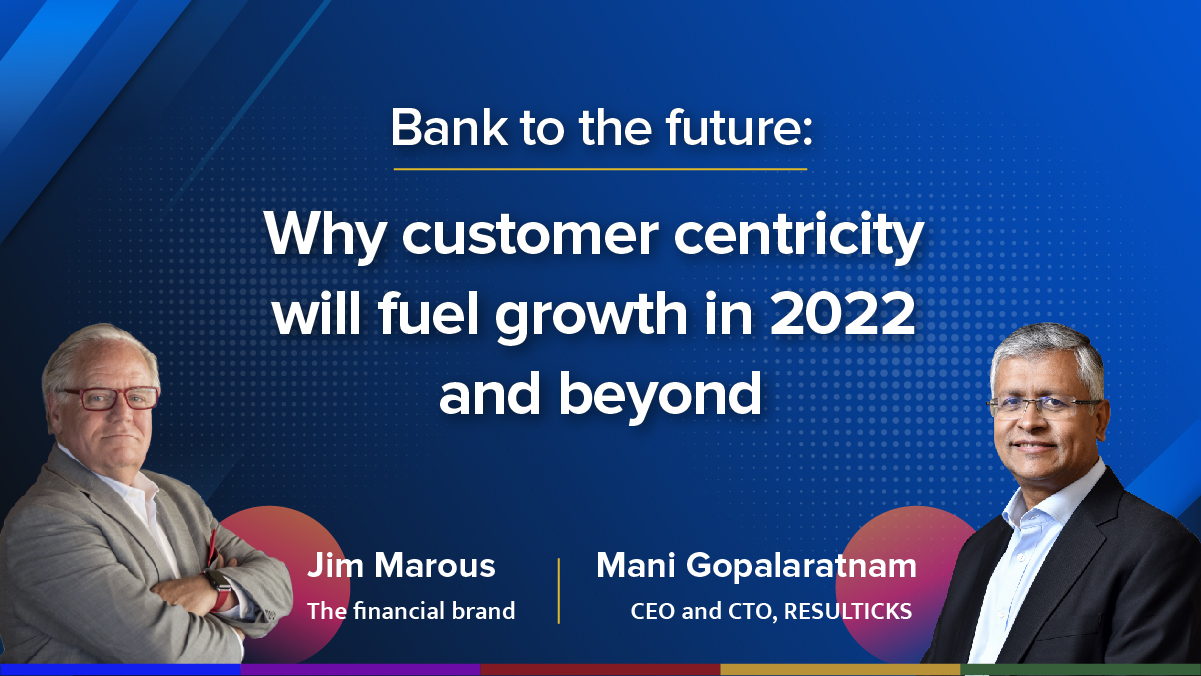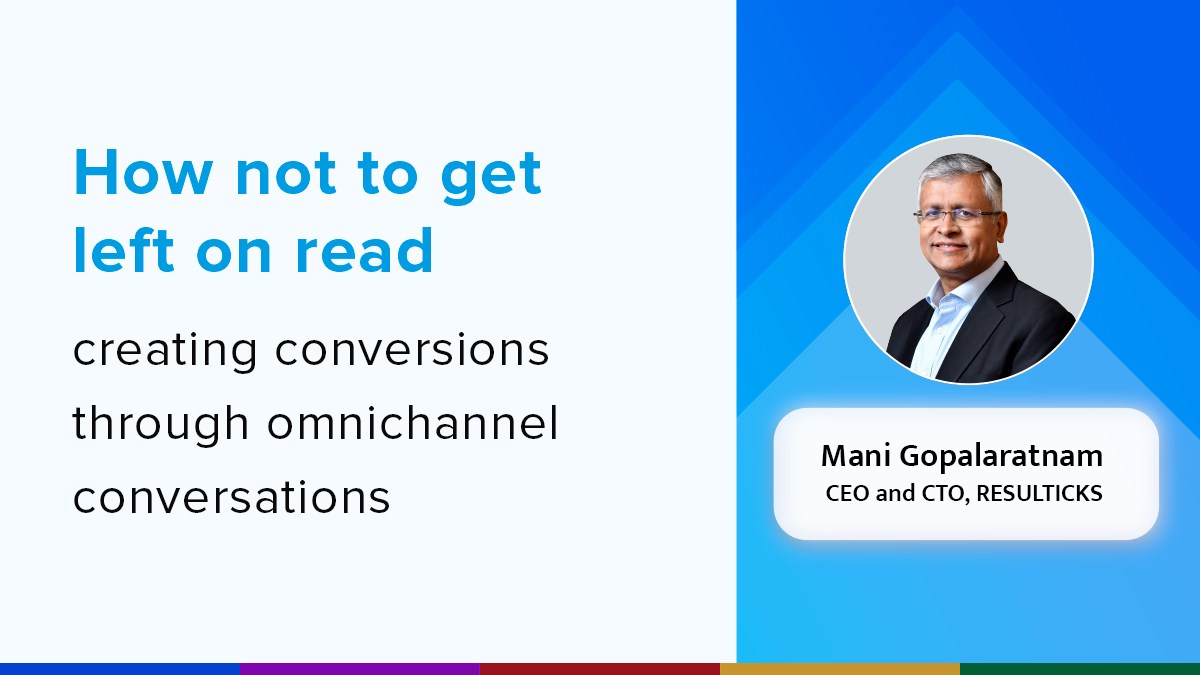“Mr. Watson, come here, I want to see you.”
It’s more than a bit ironic that the first spoken words ever transmitted over an electronic device took the form of a command from Alexander Graham Bell to his assistant, Thomas Watson, on March 10, 1876.
Now, 143 years later, thanks to advanced technology, the assistant responding to the voice command is not even a human being. It’s the electronic device itself—the digital voice assistant (DVA) that hundreds of millions of people already have and use on a daily basis.
Obviously, consumers have opened their homes and lives to this increasingly commonplace technology. Juniper Research says that by 2022, more than 870 million DVAs will be doing their master’s bidding in the United States alone and that more than 5 billion voice assistants will be installed on smartphones worldwide.
That’s great for the manufacturers of digital assistants, but what about all the other brands that are itching to leverage voice assistant marketing for customer engagement and commerce? How prepared are they to deliver on the at-my-command interactions that voice assistants seem to promise?
The challenges—strategic and pragmatic
Smart marketers know that adding voice assistants to the omnichannel lineup raises more questions than it answers as this point. Some questions are pragmatic in nature: How far are customers willing to go with voice-based transactions? What will and what won’t consumers trust their DVAs to do? How will the limitations of the evolving technology impact our ability to leverage it?
Other questions are more strategic: Is there a cohesive vision for how voice assistants can be integrated in our existing omnichannel marketing lineup? What adjustments must we make to current engagement approaches to maximize the value of voice assistants? How fast and how far should we go in adopting voice-enabled commerce and when?
Although the answers differ for every brand, this blog attempts to highlight some of the challenges marketers face in embracing DVA-driven commerce and how to prepare for the onslaught of consumer demand for it.
Turn on the lights? Yes. Order pepperoni pizza? Yes. Purchase a Mercedes? Not yet.
Whether because of hype or as a byproduct of hope, customer expectations still outpace DVA’s ability to satisfy them. The technology has a way to go to become the “genie in a bottle” that can satisfy any wish or command.
As a consequence, the majority of consumers seem to limit their use of DVAs to fairly simple requests like getting fact-based answers to specific questions, completing simple household tasks, making shopping lists, and, for the more adventurous, actually making basic purchases.
There are some notable forerunners in the voice-enabled commerce arena. Amazon Prime members can order virtually anything the online retailer offers using Alexa. In mid-2018, Marriott announced its plans to adopt Alexa for hospitality, which enables guests to access numerous amenities like ordering room service, requesting more towels, or asking the concierge for dining recommendations.
On the other hand, consumers seem less ready to make higher-end purchases using voice. Some have suggested that a major barrier to greater consumer acceptance is a lack of shopping features like price comparisons. However, it’s only a matter of time before such barriers fall as well. On a positive note, four out of five DVA users who do purchase with their devices say they’re satisfied with the experience, and nearly 40 percent of them would recommend it to their friends and family, according to PwC research.
Given this growing enthusiasm and acceptance, marketers should at least explore voice capabilities, even if only for those simple requests that can create closer customer connections. As the technology advances, so can the brand’s application to its specific industry and customer segments. Brands that miss the bus now will surely face challenges from those competitors who dare to adopt early and get more up close and personal with customers and prospects sooner.
Conversational marketing gets a big boost
Anyone familiar with the Resulticks customer engagement framework knows the emphasis we place on enabling continuous, contextual, conversion-focused conversation with each individual customer or prospect across all relevant channels and devices in real-time. That’s a mouthful, but the operative word here is “conversation,” which underscores the elevated place that voice assistants can take in the hierarchy of an omnichannel approach to individualized engagement.
That last point is key. Temporary technological challenges notwithstanding, the digital assistant opens up extraordinary opportunities to turn a commercial transaction into an authentic, individualized experience for the consumer, an element noticeably missing from much of marketing automation tools until now.
It’s not easy, but it’s achievable. You start with good data and as much of it as you can gather, including customer profiles, transaction or product history, real-time consumer data analytics, and brand marketing or promotional data to apply in context. From that solid data foundation, you can create a unified view of each individual customer, essential to contextual conversations.
Here’s a use case to stimulate thinking about the possibilities.
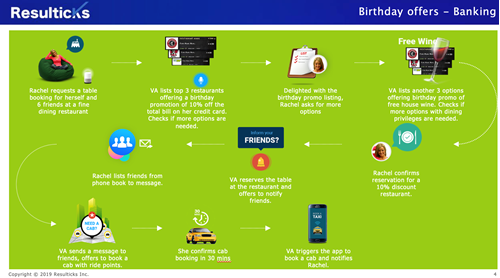
Ironically, DVAs have the capacity to restore a sense of humanity that seems to have been lost in the e-commerce economy. In a recent interview with CNBC, Patrick Gauthier, vice president of Amazon Pay, encouraged brands to engage in “intimate conversation” with consumers. He noted, “With a smart assistant, we can again make the experience of commerce more personal, more natural, more authentic,” and added that “modern life has sort of taken that away from us.”
Start the conversation
To learn how Resulticks can help your brand integrate digital voice assistants into your omnichannel engagement strategy and create continuous, contextual conversation marketing experiences with each individual, request a customized demo.












